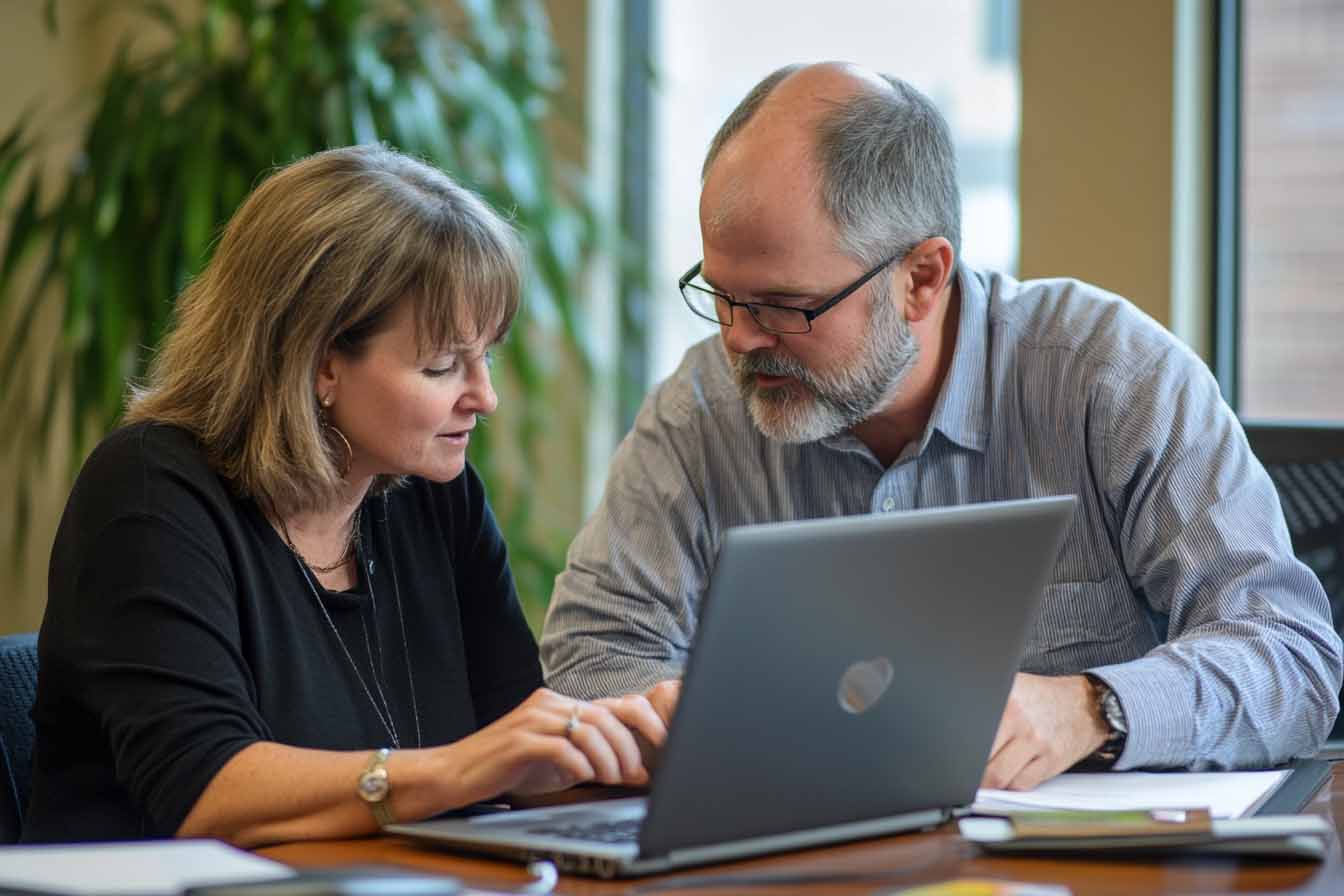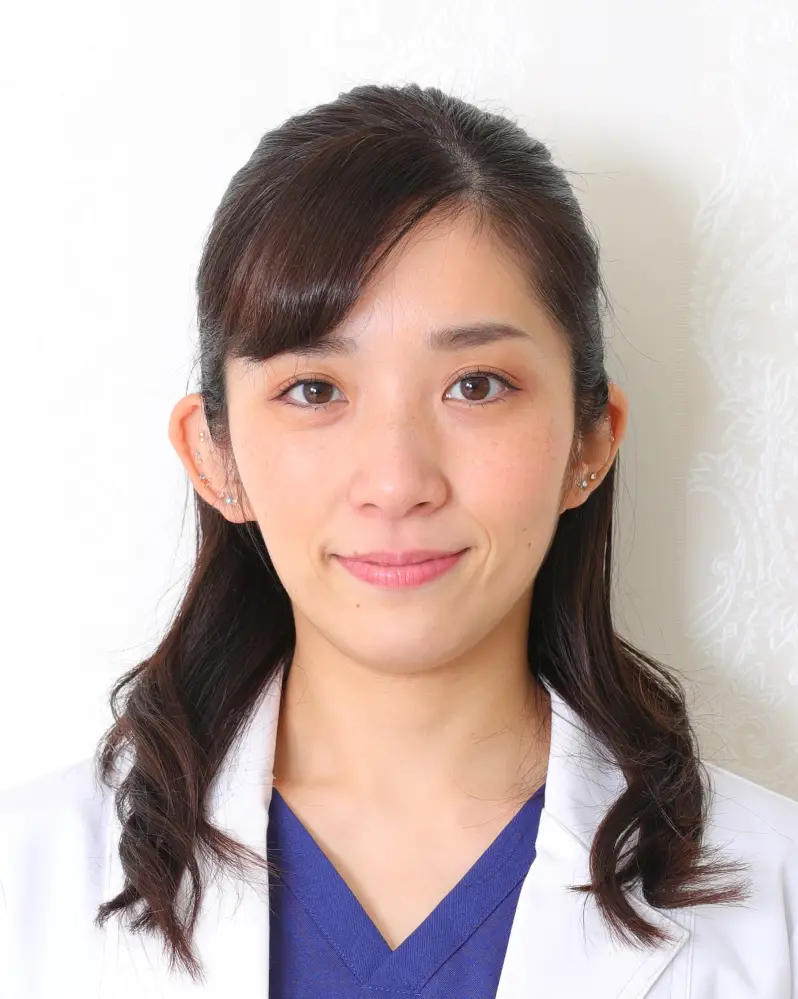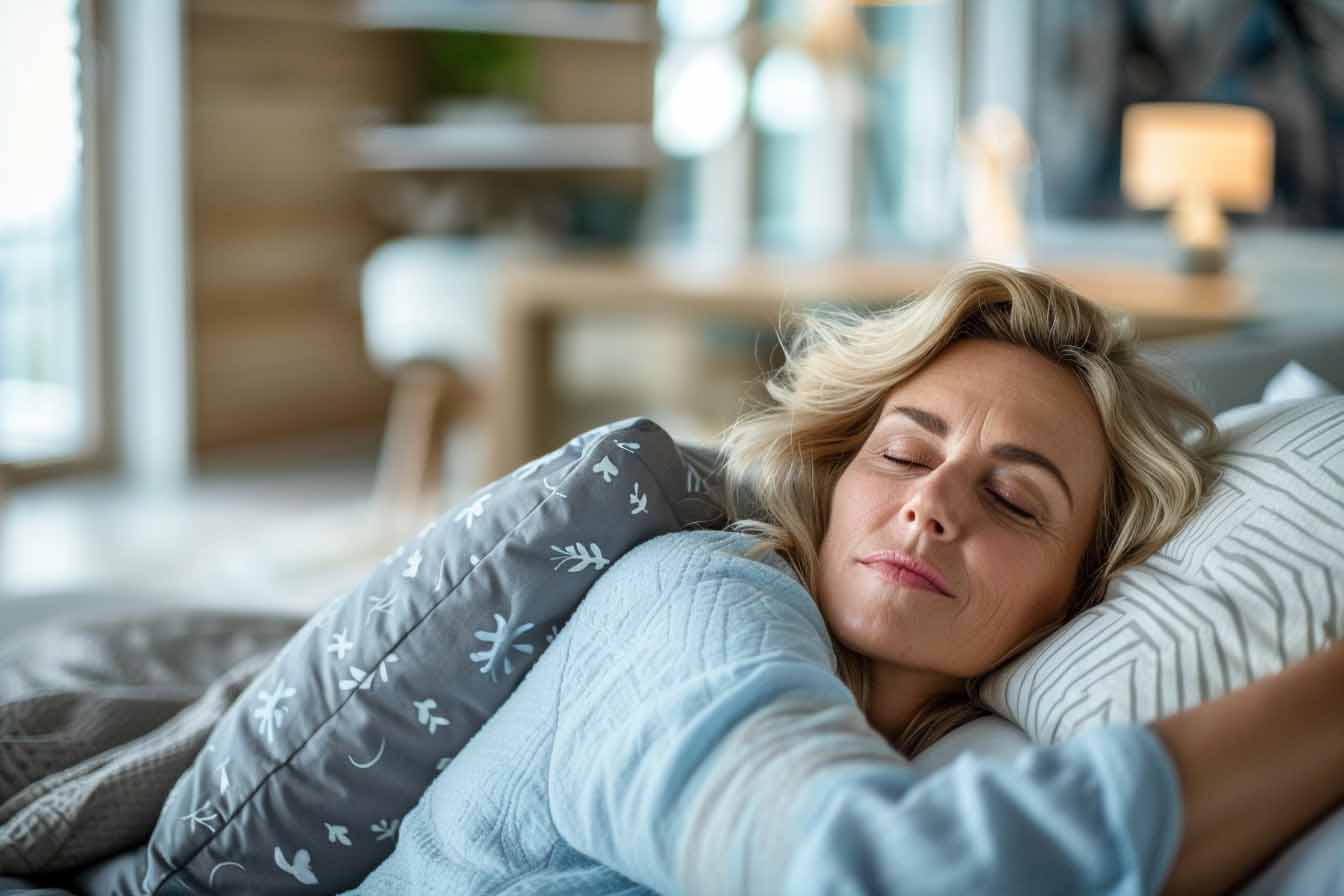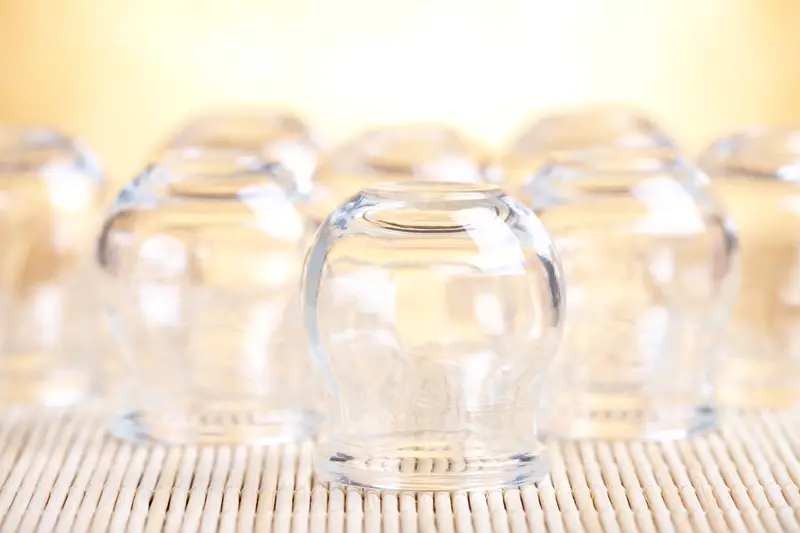Effective Acupressure Techniques to Improve Posture and Alleviate Back Pain
Acupressure is an ancient healing technique within Traditional Chinese Medicine (TCM) that can offer relief from a variety of ailments, including poor posture and back pain. Whether you’re sitting for long hours at a desk or dealing with the consequences of a sedentary lifestyle, practicing acupressure for poor posture can significantly improve your body’s alignment and reduce discomfort. We consulted TCM expert Ms. Mai Sogawa for her professional advice on which acupressure points to target for posture correction. She provided practical techniques for applying pressure to these points, even without the use of tools.
If you’re interested in learning more about the general benefits and techniques of acupressure, check out this comprehensive guide to acupressure.
Below, we’ll explore five key acupressure points that can help improve your posture and reduce back pain.
1. Weizhong (BL-40) – Lower Back Relief
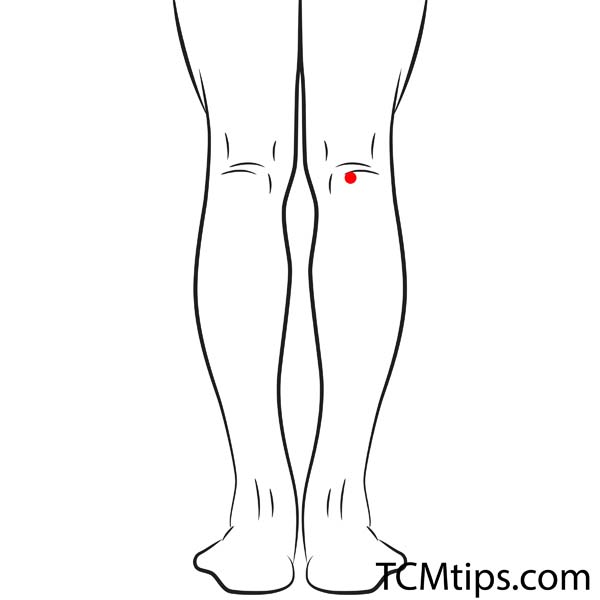
The Weizhong point, located at the midpoint of the back of the knee, is renowned for its ability to alleviate lower back pain and stiffness. Since many posture-related problems stem from tension in the lower back, this point is a crucial one to focus on.
- How to find it: Bend your knee slightly, and press the center of the crease behind the knee.
- How to apply pressure: Use your thumb or fingers to press firmly into the point. Hold the pressure for about 30 seconds, and then release.
Ms. Mai recommends incorporating Weizhong into your routine for its immediate and long-term effects on posture improvement.
2. Shenshu (BL-23) – Strengthening the Lower Back
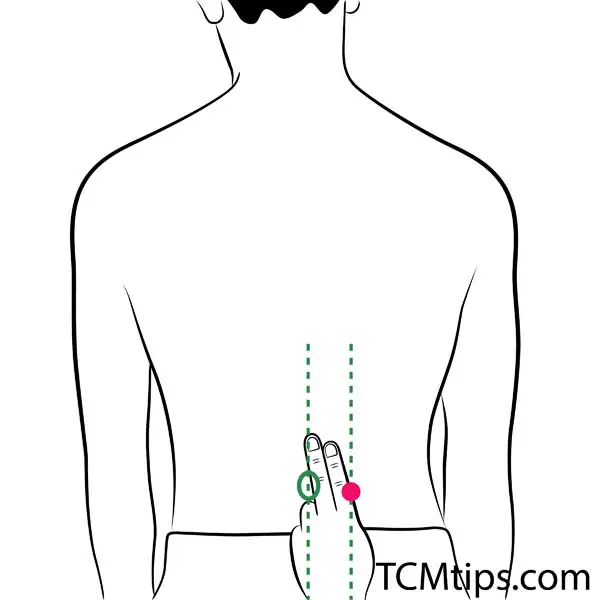
The Shenshu point, located on the lower back near the waist, plays a pivotal role in supporting kidney function, which, according to TCM, is related to lower back strength. Regular stimulation of this point helps stabilize and strengthen the lower back, essential for maintaining proper posture.
- How to find it: This point lies on either side of your spine, approximately two finger widths away from the center, just at waist level.
- How to apply pressure: Ms. Mai suggests using your fists if reaching this point with your fingers is challenging. Place your thumbs on either side of your waist and grip your waist, applying gentle pressure for 30 to 60 seconds.
This acupressure point is particularly useful for those who spend long hours sitting or standing, as it helps prevent back strain.
3. Dachangshu (BL-25) – Balancing the Spine
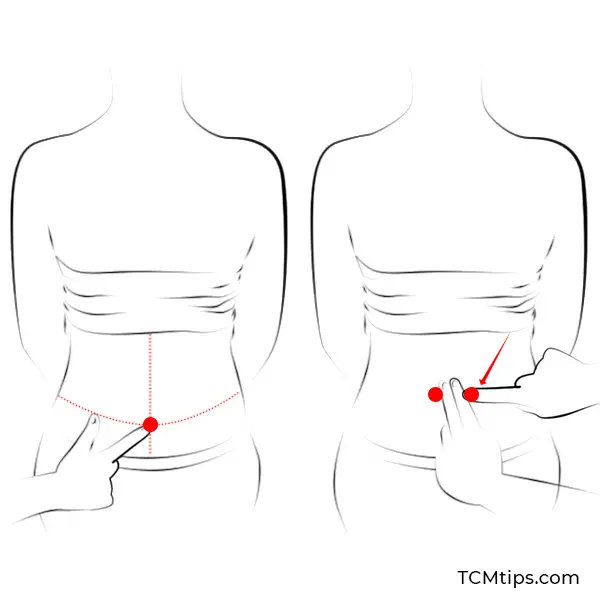
Dachangshu, also found on the lower back, aligns closely with the large intestine meridian. It’s known for relieving tension in the lower back and aiding in spinal alignment. By stimulating this point, you can help prevent slumping and the common hunching posture seen in office workers.
- How to find it: Located about one-and-a-half inches from the spine, just below the level of your belly button.
- How to apply pressure: Like Shenshu, you can press this point using your fists or the base of your palms. Ms. Mai recommends gripping your waist and gently applying pressure for a minute or more, depending on comfort.
Regularly stimulating Dachangshu can help balance your spine and promote better posture.
4. Zulinqi (GB-41) – Relaxing the Shoulders and Neck
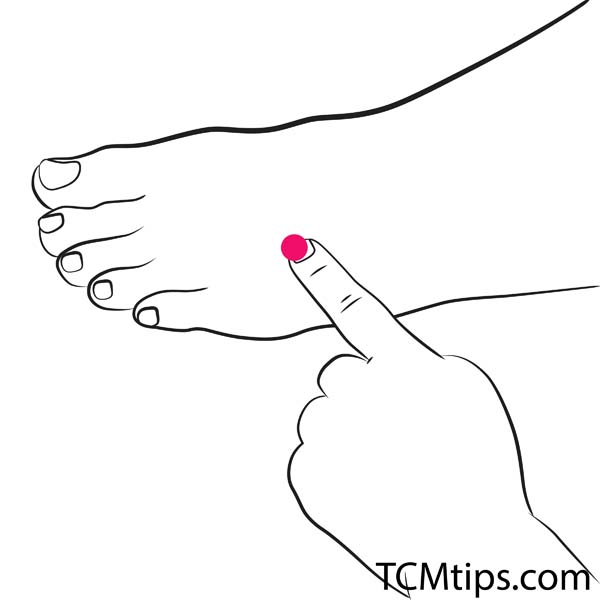
Tension in the neck and shoulders is another common contributor to poor posture, particularly when sitting for long periods. The Zulinqi point, located on the foot, can help relieve upper body tension and improve overall body alignment.
- How to find it: Zulinqi is found on the top of the foot, in the depression between the fourth and fifth toes.
- How to apply pressure: Use your thumb to apply firm pressure to this spot, massaging in circular motions for 30 seconds on each foot. This helps relieve tension that may travel up the legs and affect your shoulders and neck.
Ms. Mai highlights that releasing tension in the upper body, particularly the neck and shoulders, is essential for correcting posture.
5. Kunlun (BL-60) – Releasing Tension in the Spine
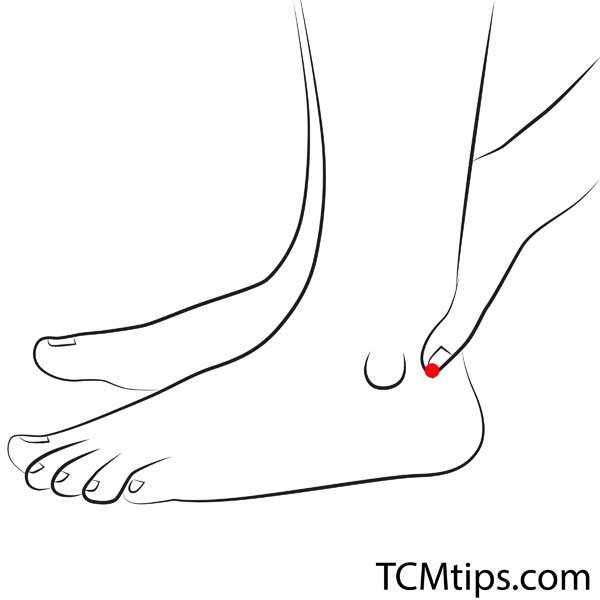
Kunlun, located near the ankle, is known for its ability to relieve back pain and release tension along the spine. Stimulating this point can help realign the spine and ease tension caused by prolonged sitting.
- How to find it: This point is located in the depression between the Achilles tendon and the outer ankle bone.
- How to apply pressure: Press firmly with your thumb or index finger and hold for 30 to 60 seconds. Alternate between both feet for balanced relief.
According to Ms. Mai, Kunlun is especially helpful for those who experience back tightness after long hours of desk work or standing.
How to Incorporate Acupressure into Your Routine
Incorporating acupressure for poor posture into your daily routine doesn’t require special tools. As Ms. Mai suggests, simply using your fingers or fists can be effective for most people. To maximize the benefits:
- Set aside a few minutes during breaks to press these points.
- Use deep breathing techniques to help relax your body while applying pressure.
- Repeat these techniques daily for lasting improvements in posture and back pain relief.
Acupressure offers a simple, non-invasive way to address the discomforts of modern life, from back pain to poor posture. By targeting these five points, you can support spinal health and develop better posture, reducing the impact of long periods of sitting.
For more expert insights on how to use acupressure to improve your well-being, explore our acupressure essentials guide.

Try our Anti-Aging Gua Sha Tool designed to bring out your skin’s natural glow.
Best Gua Sha Product- Anti-Aging: The tool is designed to target 11 specific aging signs such as wrinkles and sagging skin. By following the 7-step routine, users can improve skin firmness and reduce fine lines naturally.
- Enhances Skincare Routine: It works effectively with serums and lotions, boosting absorption and efficacy of skincare products.
- Visible Skin Improvement: Users can expect a smoother complexion, reduced puffiness, and a more youthful appearance.
 P. Sze
P. Sze 